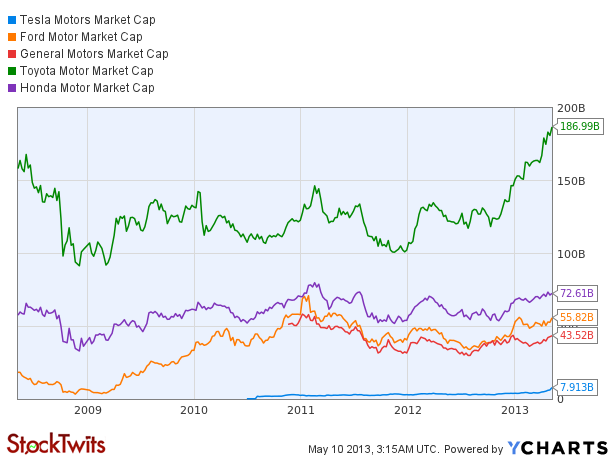Last week, we saw a not so subtle change of character in the markets. The indexes broke out to new all-time highs on Wednesday, only to reverse ugly lower on heavy volume. Momentum stocks underperformed. The St50 index fell 1.4%. The leading market in the world, Japan took it on the chin. It took a couple days to erase a month worth of gains. One day might not make a trend, but one day such as Wednesday is indicative that we have likely entered a very different market environment, which calls for tactical adjustment.
All major indexes are still above their rising 50dmas. Technically, the trend is still up, but it would be foolish not to pay attention to the sudden increase in short-term volatility. This is how many trends end. And by “end”, I don’t mean falling apart, but just entering a potential distribution phase, where many stocks are transferred from strong hands to weak hands, volatility is elevated, there are a lot of fake breakouts and breakdowns and short-term mean-reversion has higher probability of success.
Unusual price action reveals a lot about the current incentives and state of mind of all market participants. What did we learn from the price action after the reversal on Wednesday:
– people are still with one leg out of the door, uncomfortably long and under-invested. Most rather see and buy at lower prices, which means that the real surprise is still to the upside;
– dips to major moving averages (20, 50, etc.) are welcomed as buying opportunities. This time, there was no hesitation, fear or second-guessing. People stepped up and bought. The question is how long are they going to hold?
– markets are already discounting the gradual tapering of QE. The yield is rallying. Bonds are under pressure. Utilities and REITS were among the worst performers last week. Financial markets are forward looking. Prices change when expectations change.
In a rising interest rate environment, financial stocks are typically among the first beneficiaries. It is worth paying particular attention to this sector.
From technical perspective, the healthcare sector looks better positioned. $JAZZ, $ALKS, $VRX and many others from the group, held remarkably well during the market pullback and are trading near multi-year highs.
Only two months ago, the mere mentioning of solar stocks in a positive light was a sure way to receive a ton of hate-mail and ridicule. All of a sudden, in the past week, everyone loved solar and the small cap stocks from the industry just went parabolic. I will repeat what I have said several times already – solar is to 2013 what homebuilders were to 2012 – the industry that will outperform all others while surprising the majority of skeptics.
There are still plenty of stocks that are holding well and offer good risk/reward opportunities. Keep in mind that in high-volatile, range-bound environment there will be a lot more failed breakouts and breakdowns. Some of the better looking setups for next week include: $CHUY $GNC $MX $IMMR $ARMH …
This is a reprint of my weekly ST50 review. See the latest list here.

